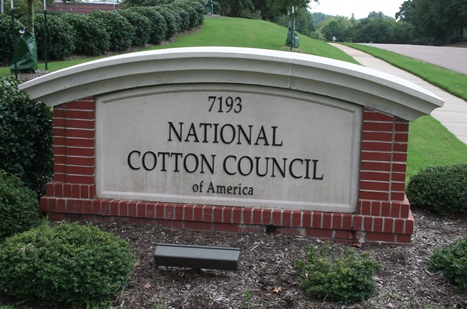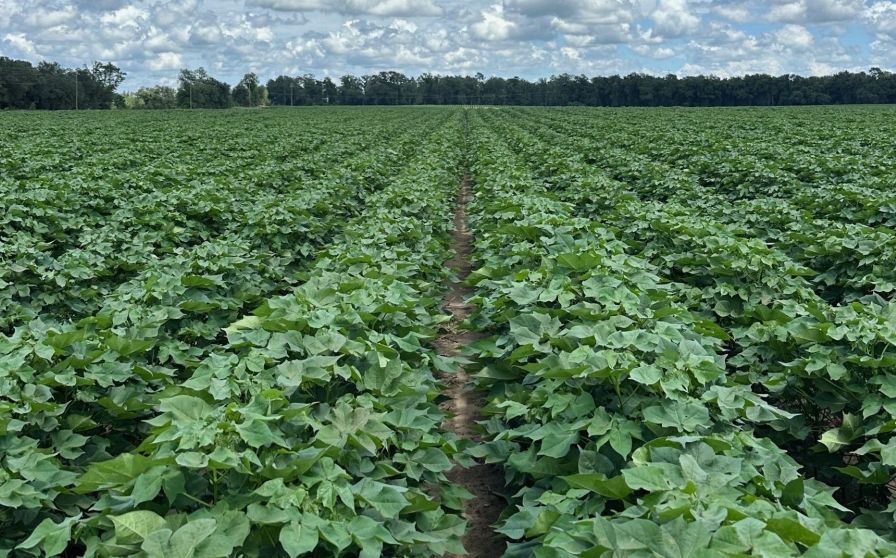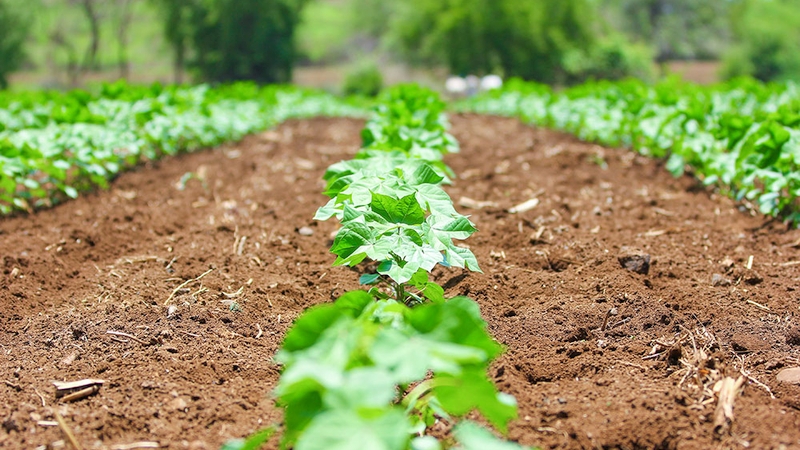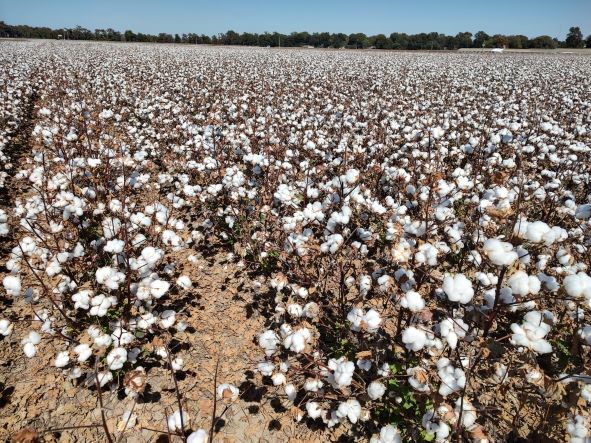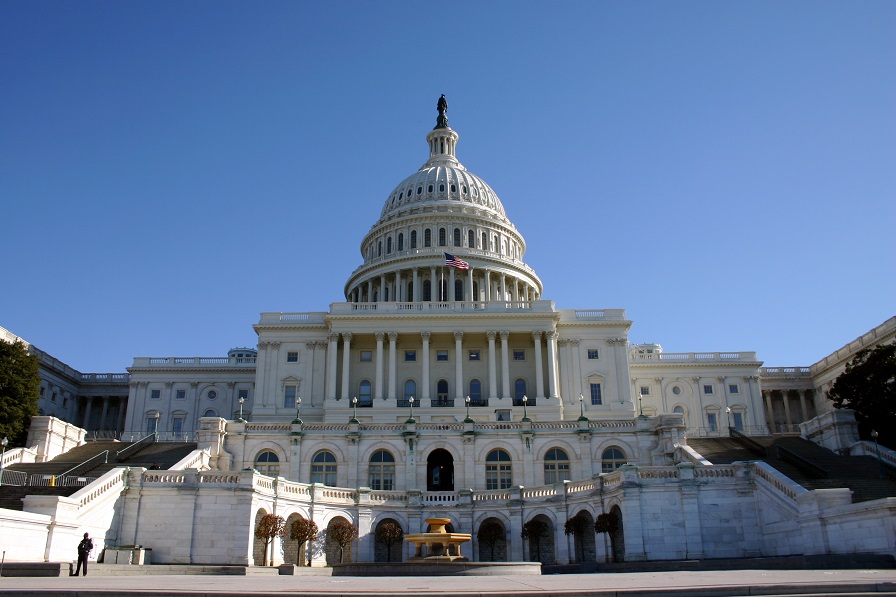Protecting an Investment
Over the past few years, growers have seen nearly all of their input costs go up. Fuel skyrockets and then falls again. Fertilizer prices fluctuate. Pesticide costs have increased, as well.
Maybe the most visible spike in input costs has occurred right where the cotton season begins: the seed industry. As seed companies pack more technology into each of their products, the value of that seed grows. It’s this rise in seed cost that has the on-seed treatment market growing in popularity each year.
“We’ve seen growth in our brands every year since their introduction,” says Syngenta Marketing Manager Chad Stone of his company’s on-seed cotton treatments. “As (seed companies) deliver more value in that market, growers are willing to pay to protect that product. That’s a major factor in the increased use of seed applied insecticides and nematicides.”
Across the Cotton Belt, growers have verified Stone’s statements. As seeds become more valuable, more and more growers are willing to look at on-seed treatments as a way to protect and get more of a return out of their investments. Other industry insiders agree.
“When seed costs as much as it does, the farmer can ill-afford not to protect it,” says Paul Hewitt, Bayer Seed Treatment Manager.




